When
Tuesday 4th Feb, 1:15 pm
Where
Room B2
Hashtag
#T15
Category
Insight
Producer
Toss Gascoigne
Presenters
Toss Gascoigne
Jean Fleming
Ian Lowe
Jenni Metcalfe (Moderator)
Abstract
How has modern science communication emerged in Australia in New Zealand? Thirty years science communicators were isolated, with few chances to discuss professional matters with colleagues. Their roles varied, from editing newsletters and annual reports, to writing media releases and organising displays and public tours. Their backgrounds reflected this: communication staff had backgrounds including teaching, journalism, science, librarianship, public relations …
There were no courses to train students in science communication, and little or no research in the area. The closest thing to a science communication event, ANZAAS, was entering a near-terminal decline. The notion of ‘hands-on’ was anathema to the science museums, which kept their specimens safely locked away in glass cases.
Now there are national and international associations for science communicators. There are journals and conferences. Four universities in Australia and New Zealand offer courses to Masters and PhD level. Science communication is recognised profession, with some debate whether it has moved from a legitimate field of study to a discipline.
So what changed? What were the crucial steps that have enabled the emergence of modern science communication? What were the forerunners, and how does the media fit in? By tracking the history, can we gain insights into a possible future?

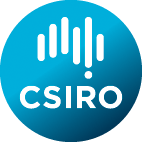
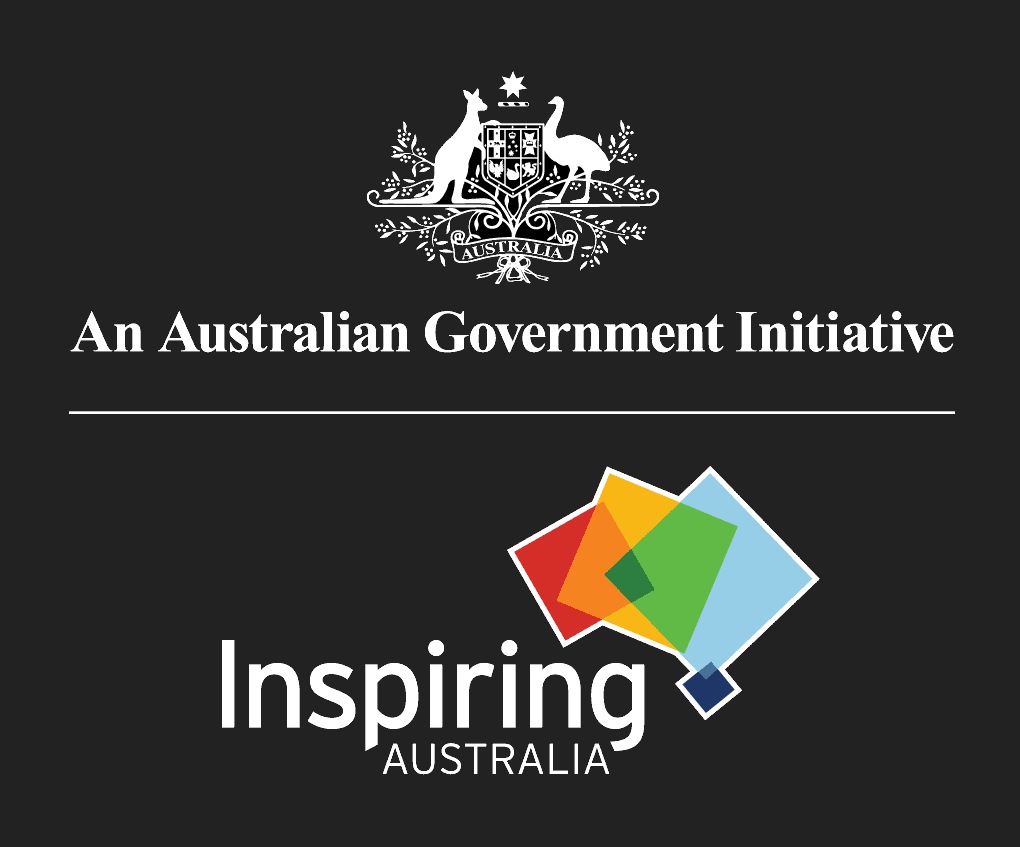
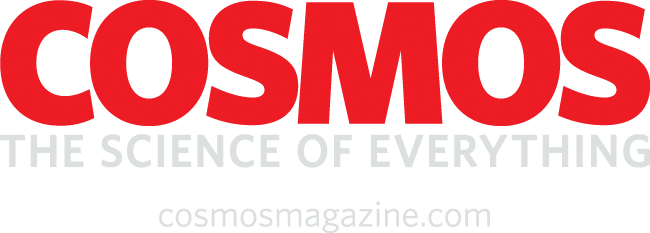




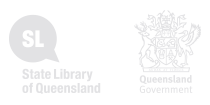
z